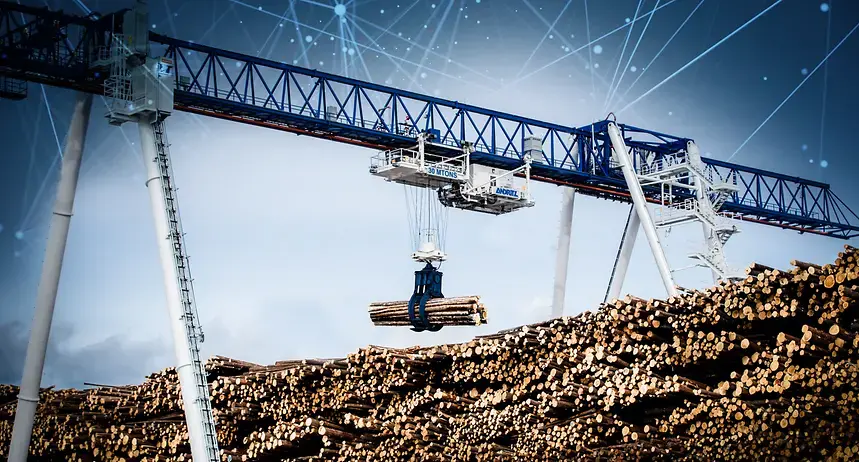Global Autonomous Crane Market Set to Soar Past USD 8.6 Billion by 2035
- cranehub

- Sep 15
- 2 min read

The global Autonomous Crane Market is gearing up for a transformative decade, with forecasts projecting growth from USD 3.4 billion in 2025 to USD 8.7 billion by 2035, representing a robust compound annual growth rate (CAGR) of 9.8%. This expansion is being driven by rising demand for energy-efficient and AI-powered lifting solutions across industries such as marine & offshore, construction, mining, and logistics.
Innovation Fuels Market Expansion
Autonomous cranes, enhanced by artificial intelligence (AI), Internet of Things (IoT), and electrification, are rapidly becoming indispensable in tackling modern industrial challenges. From smart infrastructure investments to renewable energy projects and port automation, both governments and private firms are providing fertile ground for innovation, enabling established manufacturers and new entrants to scale rapidly.
Sectoral Trends and Growth Drivers
Marine & Offshore Sector Leads AdoptionWith a commanding 32.4% share in 2025, the marine and offshore sector remains the largest adopter. Offshore wind farms in the North Sea and automation initiatives in Hamburg are prime examples of AI-enabled cranes driving efficiency in harsh environments.
High Demand for Sub-50-Ton Payload CranesCranes below the 50-ton payload capacity are set to account for 30.2% of the market in 2025, thanks to their adaptability for urban construction and metro projects, particularly across Southeast Asia.
Electrification and Hybrid Models RisingSustainability is accelerating the shift to electric and hybrid cranes, with European ports such as Rotterdam and Hamburg leading the charge. India is also showcasing hybrid systems in metro projects where power supply can be inconsistent.
AI & IoT Integration Driving PrecisionAI-powered cranes are enabling smarter, safer operations with reduced downtime. In Singapore, for example, AI-enabled tower cranes have improved safety and project timelines.
Regional Highlights
China: Infrastructure boom and the Belt and Road Initiative are fueling strong uptake, with AI cranes already active at Shanghai’s Yangshan Port.
United States: Port automation in Los Angeles and beyond is driving large-scale adoption of hybrid and AI-powered cranes.
India: Urbanization and renewable projects, including the Rewa Ultra Mega Solar Park and Delhi-Meerut RRTS Corridor, are accelerating demand.
Europe: Strict environmental regulations are fast-tracking the replacement of diesel cranes with electric-powered models.

Emerging Opportunities
Rapid urbanization in Asia-Pacific and Africa is opening new frontiers. India’s metro expansion and Indonesia’s new capital city development highlight how governments are stimulating demand. Meanwhile, countries such as Egypt are deploying advanced cranes for renewable energy projects with the support of global OEMs.
Key Challenges
High acquisition costs remain a barrier for small and medium enterprises (SMEs), keeping traditional cranes in use in cost-sensitive markets. However, leasing programs, rental services, and modular designs are helping manufacturers lower the entry barrier.
Competitive Landscape
The market remains highly competitive, with Tier-1 players holding 55–60% market share, including Liebherr Group, Konecranes, Manitowoc, and Zoomlion. Tier-2 firms and emerging players such as Palfinger AG and Hiab (Cargotec) make up the remainder.
Liebherr: Pioneering IoT-enabled cranes with real-time monitoring.
Konecranes: Leading in hybrid cranes, aligned with emission reduction goals.
Palfinger AG: Partnered with Oplift and Aker BP in 2023 to deliver five autonomous offshore cranes.
ANDRITZ: Launched the world’s first AI-powered logyard crane in 2023 with zero CO₂ emissions.









Comments